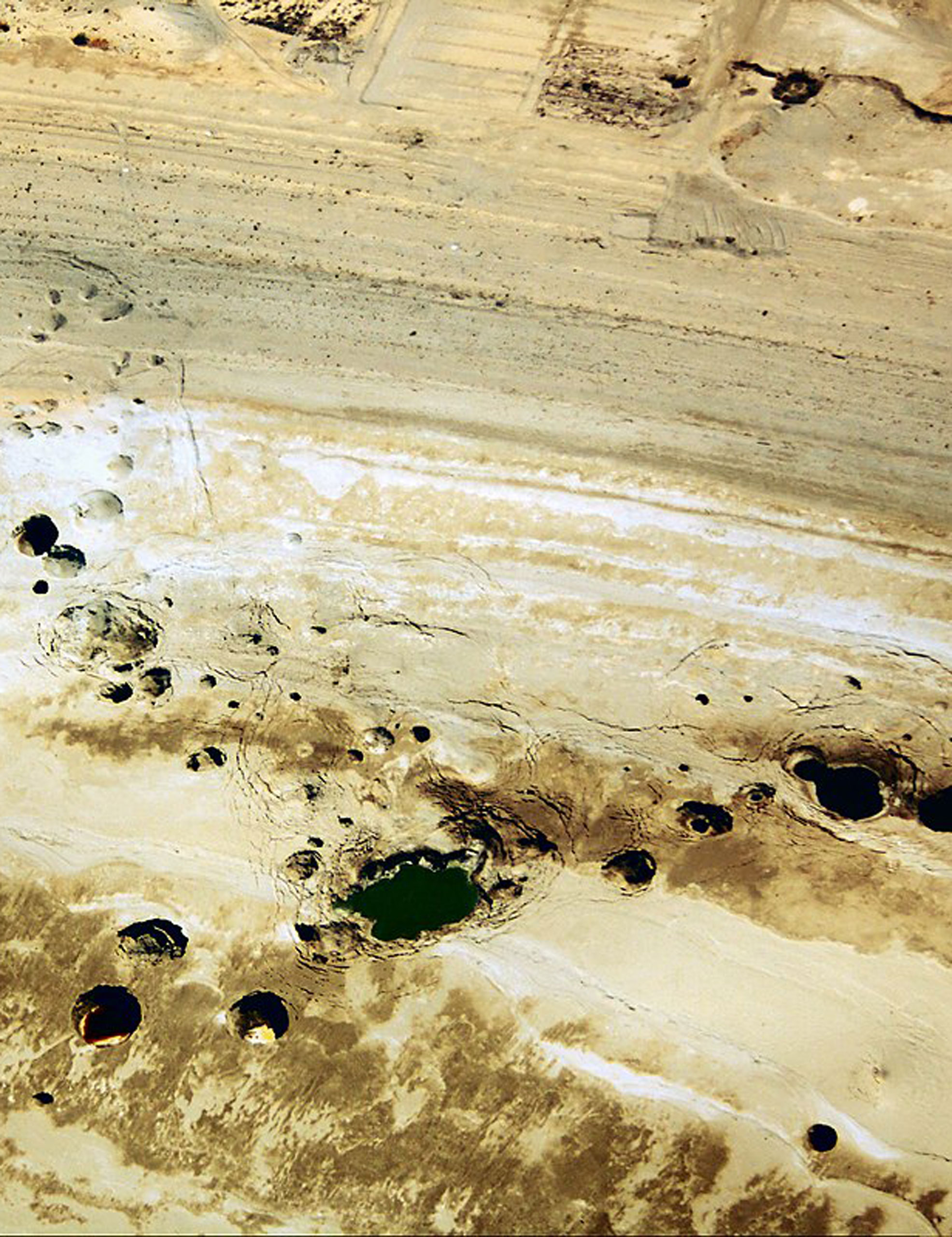Series - Middle East Environmental Histories
This series seeks to publish the best work in the environmental history of the Middle East from late antiquity to the present. People in the Middle East, as everywhere, lived in, with, and against the natural world. The multiple engagements of these peoples with environments overtime helped to produce ideas, states, cultures, literatures, families, and societies. This series seeks to understand these histories. It will examine the Middle East in its global context while always keeping the particularities of the Middle East and its multiple environments in focus—the region’s historic role as the crossroads of trade between the Mediterranean and Asia, its cultural and religious diversity, the place of Islam, the balance between settled and sown, and the role of oil, to name a few. Although a series about the history of the Middle East, it will lean on interdisciplinary influences from other fields. Overall, it seeks to mark the best of this growing field and help shape its future.
Credits Photo: Aerial view of sinkholes near the Dead Sea by Neukoln, Creative Commons License CC BY

Artist: Neuköln,
Creative Commons License CC BY
Series editor
Alan Mikhail, Yale University
Series Board
Maaike van Berkel, Radboud University, Netherlands
Amina Elbendary, American University of Cairo
Faisal Husain, Pennsylvania State University
Onur Inal, University of Vienna
Michael Christopher Low, University of Utah
Zozan Pehlivan, University of Minnesota
Caterina Scaramelli, Boston University
Sarra Tlili, University of Florida
Chronological Scope
Late Antiquity to the present.
The series welcomes scholarly monographs and edited volumes by established and early-career researchers.





